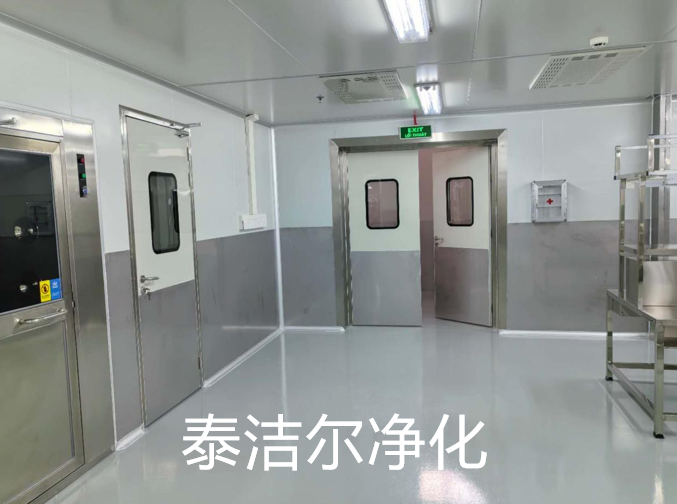
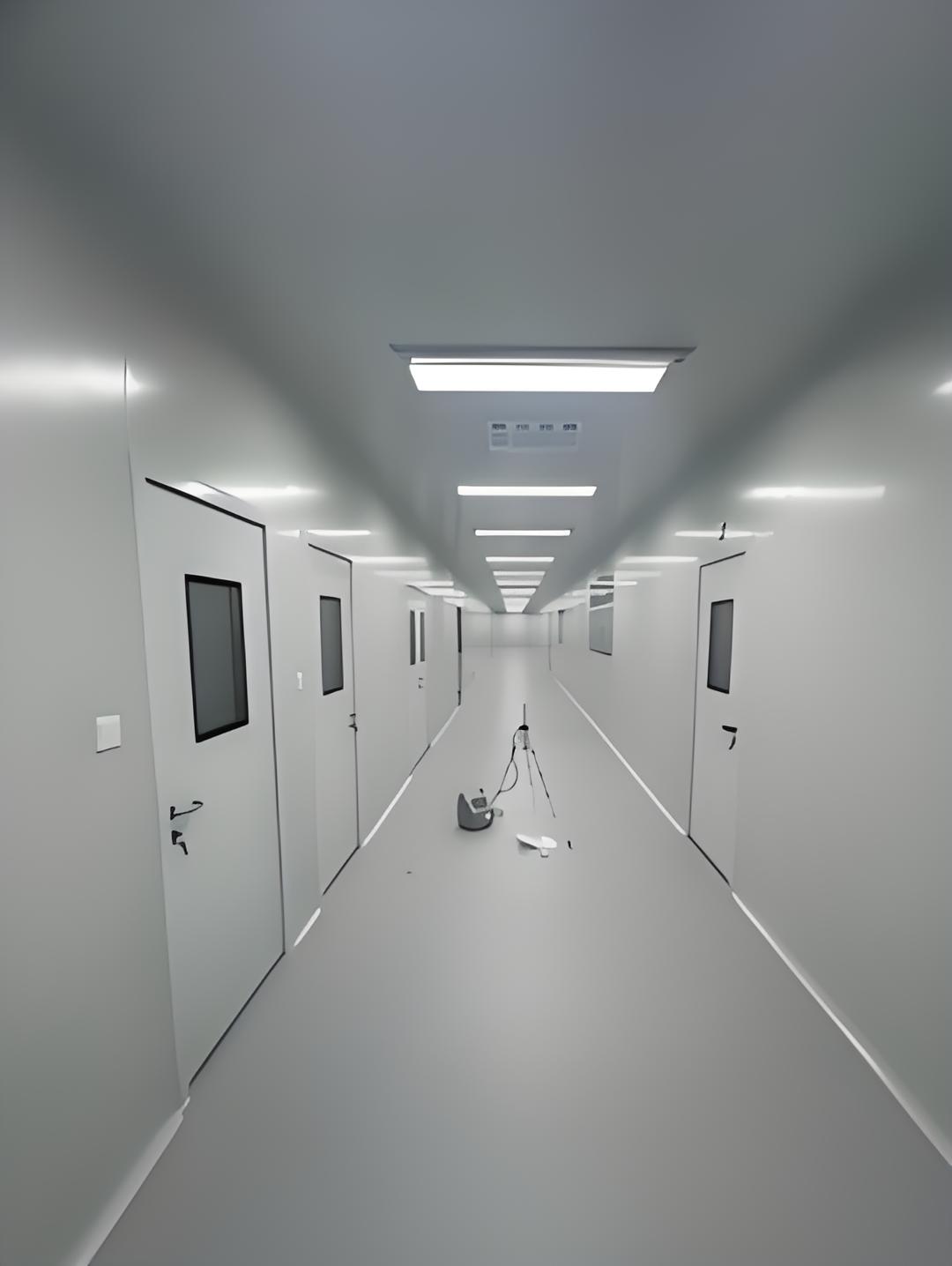
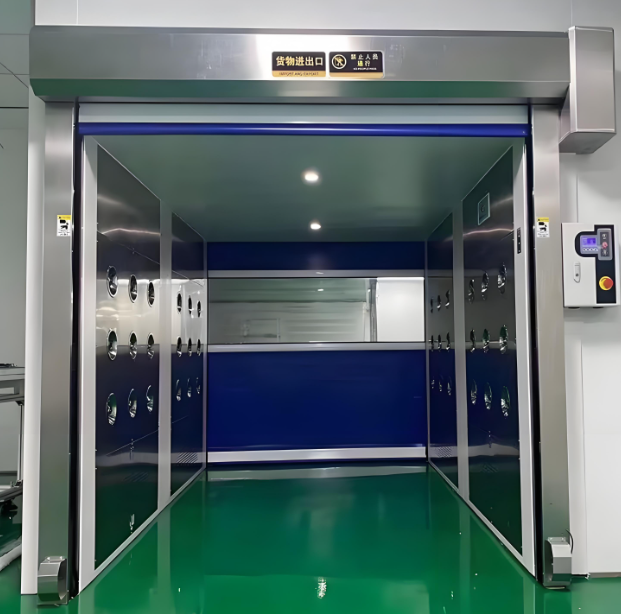
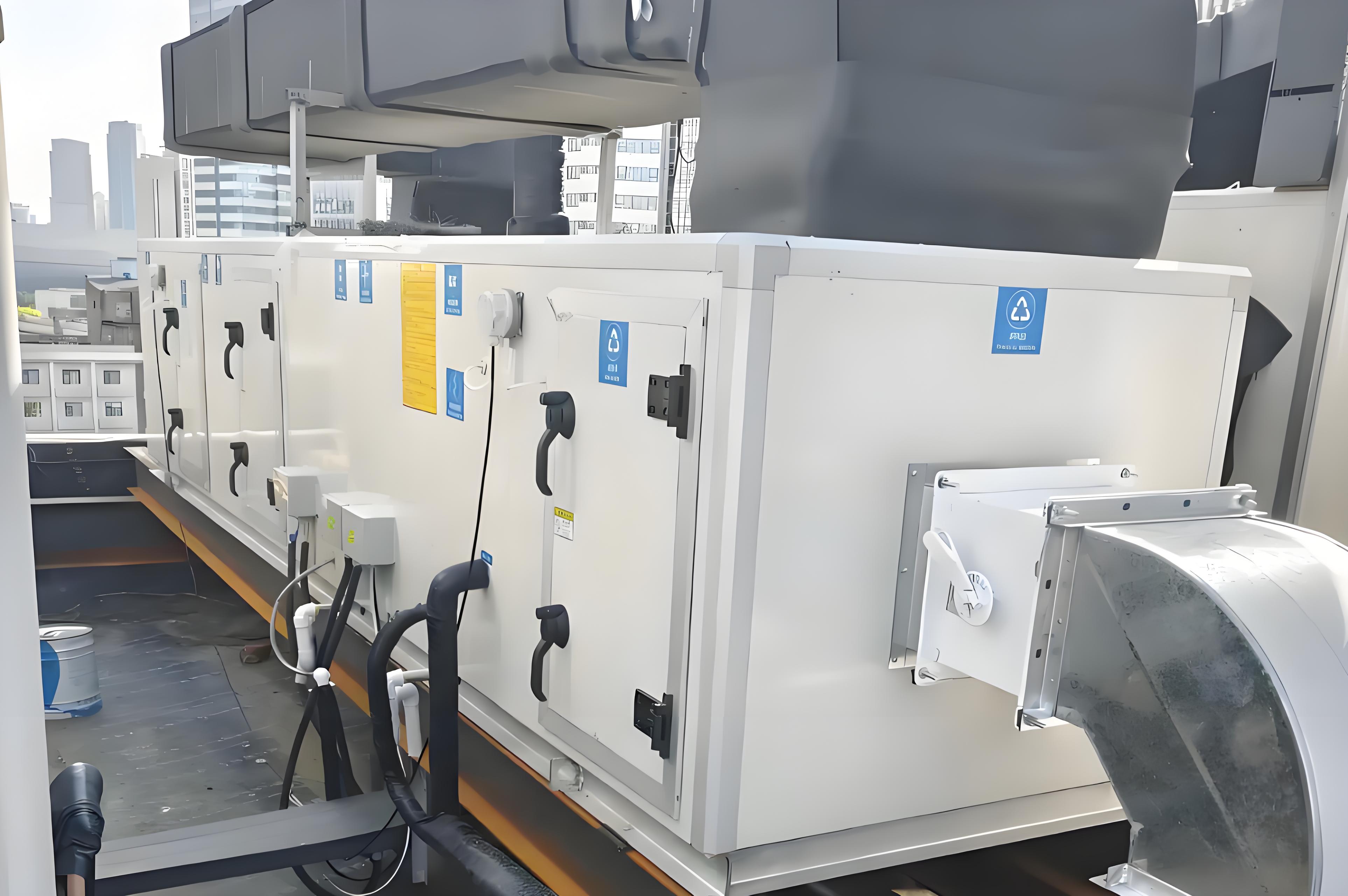
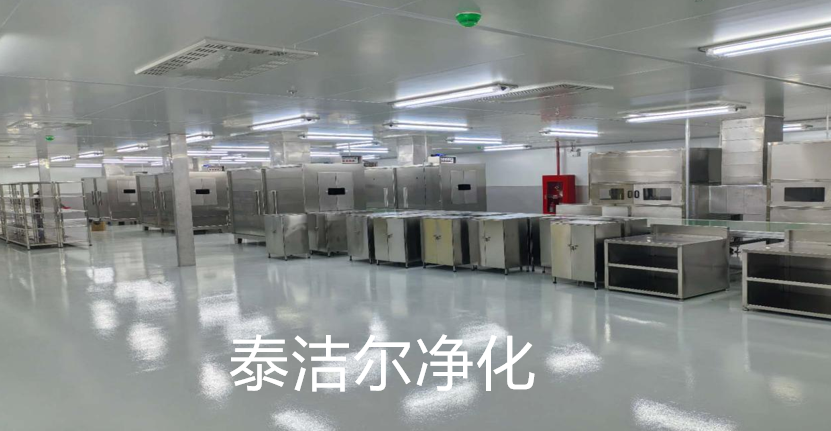
Laboratory engineering is a critical discipline that integrates advanced design, construction, and operational principles to create efficient, safe, and compliant laboratory environments. In today's rapidly evolving scientific and industrial landscapes, the demand for specialized laboratories—from research facilities to manufacturing cleanrooms—has never been higher. This guide explores the core aspects of laboratory engineering, providing a comprehensive overview for professionals seeking to apply and select the right solutions. We will delve into key components such as Laboratory Design and Build, Laboratory Turnkey Solution, Cleanroom HVAC Systems, and the fundamentals of Cleanroom Engineering. By understanding these elements, you can make informed decisions that enhance productivity, ensure regulatory compliance, and optimize costs. Whether you're establishing a new lab or upgrading an existing one, this application and selection guide will help you navigate the complexities of modern laboratory engineering, with insights from industry leaders like TAI JIE ER, a renowned name in international cleanroom engineering.
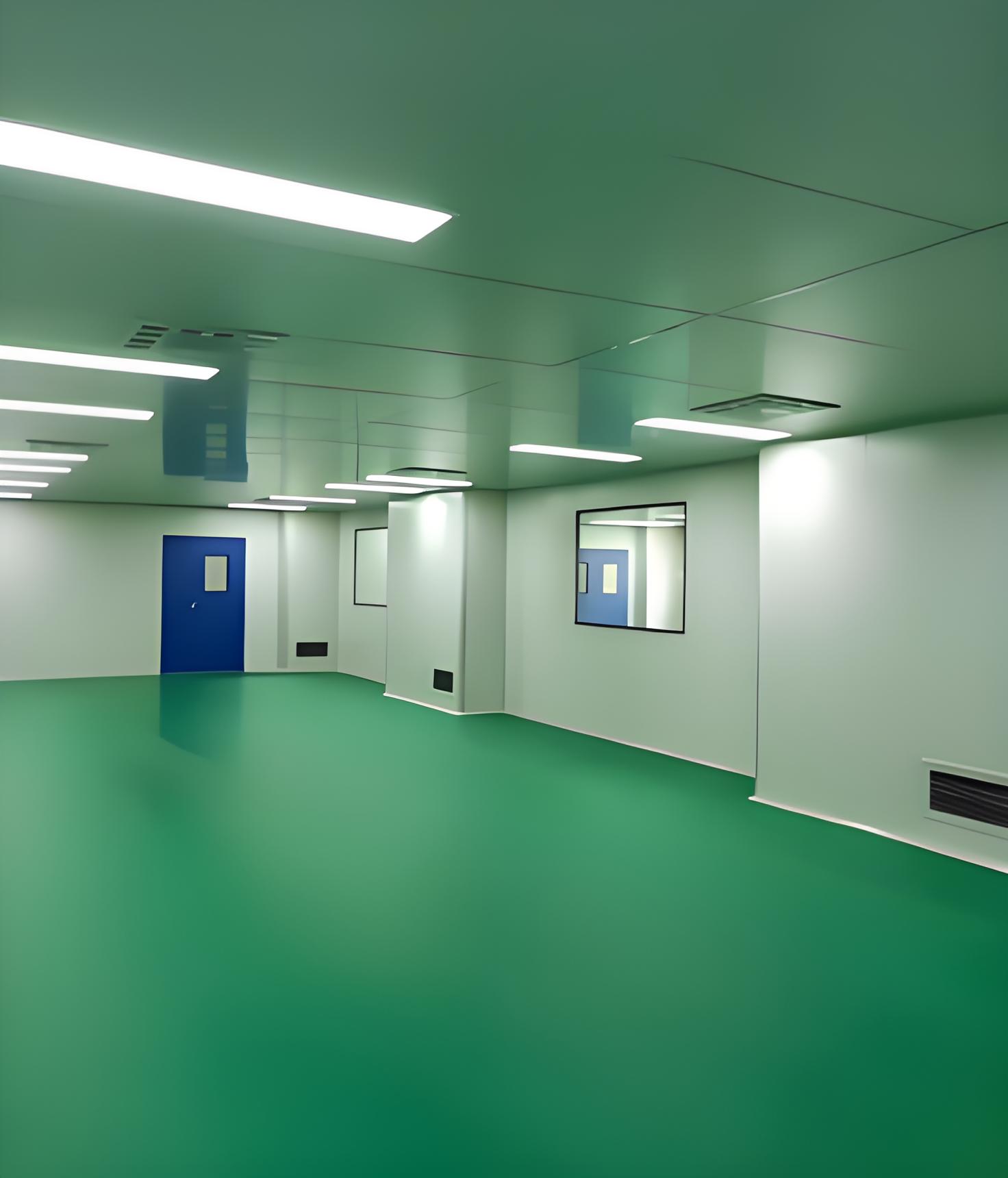
Laboratory engineering encompasses the holistic process of planning, designing, constructing, and maintaining laboratory spaces to meet specific functional requirements. It involves a multidisciplinary approach that combines architecture, mechanical systems, safety protocols, and environmental controls. At its core, laboratory engineering ensures that facilities support precise scientific work, whether in pharmaceuticals, biotechnology, healthcare, or electronics. This field addresses unique challenges such as contamination control, energy efficiency, and adaptability to technological advancements. For instance, in cleanroom environments, laboratory engineering integrates specialized systems to maintain ultra-low particulate levels, which is essential for sensitive processes like semiconductor manufacturing or sterile drug production. By focusing on applications like Laboratory Design and Build, professionals can create spaces that not only meet current needs but also anticipate future demands. The selection of appropriate engineering solutions, including Laboratory Turnkey Solution offerings, plays a pivotal role in minimizing risks and maximizing operational efficiency. In essence, laboratory engineering is the backbone of reliable scientific infrastructure, driving innovation and safety across industries.
Laboratory Design and Build is a fundamental aspect of laboratory engineering that involves the strategic planning and physical construction of lab spaces. This process goes beyond traditional architecture by incorporating scientific workflows, safety standards, and regulatory requirements. A well-executed Laboratory Design and Build project considers factors such as space utilization, material selection, and integration of utility systems (e.g., gas, water, and electrical supplies). For example, in a biosafety level 3 lab, the design must include sealed surfaces and negative pressure zones to prevent airborne pathogen release. Similarly, in cleanrooms, the build phase focuses on materials that resist particle generation and are easy to decontaminate.
The application of Laboratory Design and Build principles ensures that laboratories are tailored to their intended use, whether for research, quality control, or production. When selecting a design-build approach, it's essential to collaborate with experienced firms like TAI JIE ER, which offers expertise in creating modular and flexible layouts. This not only reduces construction timelines but also enhances cost-effectiveness. Key considerations include ergonomic furniture placement, adequate storage, and redundancy in critical systems. By prioritizing Laboratory Design and Build in your laboratory engineering strategy, you can achieve a seamless transition from concept to operational facility, minimizing disruptions and ensuring compliance with international standards like ISO 14644 for cleanrooms.
A Laboratory Turnkey Solution represents a comprehensive approach in laboratory engineering where a single provider manages every phase of a project, from initial design and procurement to construction, installation, and commissioning. This integrated method simplifies the complex process of establishing a laboratory, offering clients a "ready-to-use" facility. In practice, a Laboratory Turnkey Solution covers aspects such as equipment sourcing, validation, and staff training, ensuring that all components work harmoniously. For instance, in a pharmaceutical lab, this might involve integrating analytical instruments with environmental monitoring systems to maintain Good Manufacturing Practice (GMP) compliance.
The application of a Laboratory Turnkey Solution is particularly beneficial for organizations lacking in-house expertise or those facing tight deadlines. It reduces coordination efforts among multiple contractors, mitigates risks of miscommunication, and often leads to faster project completion. When selecting a turnkey provider, consider factors like their track record in laboratory engineering, ability to customize solutions, and adherence to budgets. TAI JIE ER, for example, excels in delivering tailored Laboratory Turnkey Solution packages that include cleanroom integration and validation services. This approach not only saves time and resources but also ensures that the final product meets precise specifications, from basic research labs to advanced cleanrooms requiring stringent controls.
Cleanroom HVAC Systems are a critical component of laboratory engineering, responsible for maintaining the stringent environmental conditions required in cleanrooms. These systems control temperature, humidity, air pressure, and particulate levels to prevent contamination in sensitive processes. In laboratory engineering, the design of Cleanroom HVAC Systems must align with international standards, such as ISO 14644, which define air cleanliness classes based on particle counts. For example, a Class 100 cleanroom requires HVAC systems that provide high-efficiency particulate air (HEPA) filtration and laminar airflow to limit particles to 100 per cubic foot.
The application of Cleanroom HVAC Systems involves careful selection of components like fans, filters, and ductwork to achieve optimal performance. Energy efficiency is a key consideration, as these systems often operate continuously. Advanced features may include variable air volume controls and heat recovery units to reduce operational costs. In the context of laboratory engineering, integrating Cleanroom HVAC Systems with other lab infrastructure—such as fume hoods and biosafety cabinets—is essential for overall safety and functionality. TAI JIE ER leverages cutting-edge technology in its Cleanroom HVAC Systems designs, ensuring reliability and compliance for industries like microelectronics and healthcare. When selecting these systems, evaluate factors such as scalability, maintenance requirements, and compatibility with your Laboratory Design and Build plans to ensure long-term success.
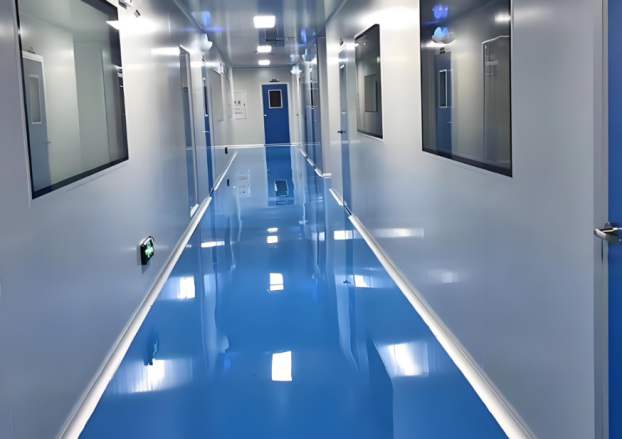
Cleanroom engineering is a specialized branch of laboratory engineering focused on designing, constructing, and operating environments with controlled contamination levels. It addresses the need for ultra-clean spaces in industries where even microscopic particles can compromise product quality or safety, such as in semiconductor manufacturing, biotechnology, and aerospace. What is Cleanroom Engineering? It involves a systematic approach that includes air filtration, material flow management, and personnel protocols to maintain predefined cleanliness standards. For instance, in a cleanroom used for medical device assembly, engineering controls might include anterooms for gowning and de-gowning, as well as continuous monitoring systems.
The application of cleanroom engineering principles is integral to overall laboratory engineering, as it ensures that cleanrooms function as intended without disrupting adjacent lab areas. Key elements include the use of non-shedding materials, positive or negative pressure differentials, and validated cleaning procedures. When exploring What is Cleanroom Engineering?, it's important to understand its overlap with other disciplines like HVAC engineering and architecture. TAI JIE ER exemplifies excellence in this field by offering end-to-end cleanroom solutions that adhere to global benchmarks. Selection of cleanroom engineering services should consider the specific cleanliness class required, operational workflows, and future expansion needs. By mastering What is Cleanroom Engineering?, organizations can enhance product yields, reduce rejection rates, and maintain regulatory compliance in highly sensitive applications.
Selecting the appropriate laboratory engineering solutions requires a methodical approach that balances technical requirements, budget constraints, and long-term goals. This application and selection guide outlines key steps to help you make informed decisions. First, define your project scope: Identify the lab's purpose, such as research, testing, or production, and list critical parameters like cleanliness levels, safety protocols, and equipment needs. For example, if you're building a cleanroom, specify the ISO class and environmental controls required.
Next, evaluate potential providers based on their expertise in Laboratory Design and Build, Laboratory Turnkey Solution offerings, and experience with Cleanroom HVAC Systems. Look for case studies and certifications that demonstrate compliance with standards like ISO 9001. TAI JIE ER, as a leader in international cleanroom engineering, often stands out for its integrated solutions and innovative technologies. When assessing options, consider factors such as customization capabilities, project timelines, and post-installation support. It's also wise to conduct site visits or request references to verify performance.
Additionally, analyze the total cost of ownership, including initial investment, operational expenses, and maintenance costs. For instance, energy-efficient Cleanroom HVAC Systems may have higher upfront costs but lead to significant savings over time. Finally, ensure that the selected laboratory engineering solutions align with your organizational culture and scalability plans. By following this selection guide, you can minimize risks and achieve a laboratory that meets both current and future demands, leveraging best practices from fields like Cleanroom Engineering to drive success.
TAI JIE ER has established itself as a prominent brand in the international cleanroom engineering sector, contributing significantly to the evolution of laboratory engineering. With a focus on innovation and quality, TAI JIE ER offers comprehensive services that span Laboratory Design and Build, Laboratory Turnkey Solution packages, and specialized Cleanroom HVAC Systems. Their approach integrates cutting-edge technology with practical applications, ensuring that clients receive tailored solutions for diverse industries, from healthcare to electronics.
For example, in a recent project, TAI JIE ER delivered a state-of-the-art cleanroom for a biotech firm, incorporating advanced filtration and monitoring systems that exceeded ISO standards. This not only enhanced the client's operational efficiency but also reduced contamination risks. By emphasizing What is Cleanroom Engineering? in their consultations, TAI JIE ER educates clients on best practices and regulatory requirements, fostering long-term partnerships. Their Laboratory Turnkey Solution model streamlines complex projects, providing end-to-end management that saves time and resources. As laboratory engineering continues to advance, TAI JIE ER remains at the forefront, driving improvements in sustainability, safety, and performance through research and development. When selecting a partner for laboratory engineering needs, TAI JIE ER's global expertise and commitment to excellence make them a reliable choice for achieving optimal outcomes.
Q1: What is the primary goal of laboratory engineering in modern facilities?
A1: The primary goal of laboratory engineering is to design, construct, and maintain laboratory environments that ensure safety, efficiency, and compliance with regulatory standards. It integrates disciplines like architecture, mechanical systems, and contamination control to support precise scientific work, whether in research, manufacturing, or testing. By applying principles such as Laboratory Design and Build and Cleanroom HVAC Systems, laboratory engineering optimizes workflows, minimizes risks, and adapts to technological advancements, ultimately enhancing productivity and innovation in fields like pharmaceuticals and biotechnology.
Q2: How does Laboratory Design and Build differ from conventional construction projects?
A2: Laboratory Design and Build differs from conventional construction by focusing on specialized requirements unique to laboratory environments, such as contamination control, utility integrations, and safety protocols. Unlike standard buildings, labs need precise airflow management, chemical-resistant materials, and ergonomic layouts to support scientific instruments and processes. This approach often involves collaborative planning among engineers, scientists, and architects to address challenges like fume hood placement or cleanroom classifications, ensuring the facility meets exact operational needs from the outset.
Q3: What are the advantages of opting for a Laboratory Turnkey Solution?
A3: A Laboratory Turnkey Solution offers several advantages, including streamlined project management, reduced coordination efforts, and faster completion times. By having a single provider handle all aspects—from design and procurement to commissioning—clients benefit from integrated expertise, minimized communication gaps, and cost savings. This approach is ideal for organizations seeking a hassle-free way to establish fully functional laboratories, as it ensures consistency, compliance, and readiness for immediate use, often with support for training and maintenance.
Q4: Why are Cleanroom HVAC Systems so critical in laboratory engineering?
A4: Cleanroom HVAC Systems are critical because they maintain the controlled environmental conditions necessary to prevent contamination in sensitive processes. These systems regulate temperature, humidity, air pressure, and particulate levels, directly impacting product quality and safety in industries like semiconductors and healthcare. Without properly designed Cleanroom HVAC Systems, cleanrooms could fail to meet cleanliness standards (e.g., ISO classes), leading to increased rejection rates, regulatory non-compliance, and potential health hazards.
Q5: How can understanding "What is Cleanroom Engineering?" benefit my organization?
A5: Understanding "What is Cleanroom Engineering?" benefits organizations by providing insights into how to design and operate contamination-controlled environments effectively. This knowledge helps in selecting appropriate engineering solutions, reducing operational risks, and improving overall efficiency. For instance, it enables better decision-making in areas like material selection and airflow design, which can lead to higher product yields and compliance with international standards. By grasping these concepts, organizations can leverage cleanroom engineering to gain a competitive edge in quality-critical industries.
This article has provided an in-depth application and selection guide for laboratory engineering, covering essential topics like Laboratory Design and Build, Laboratory Turnkey Solution, Cleanroom HVAC Systems, and What is Cleanroom Engineering? For more information on how TAI JIE ER can support your laboratory projects, visit their website or contact their expert team today.